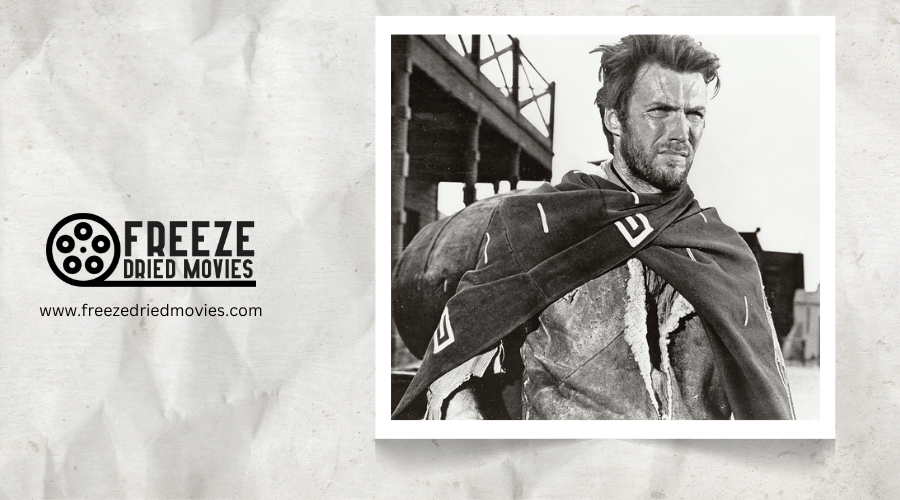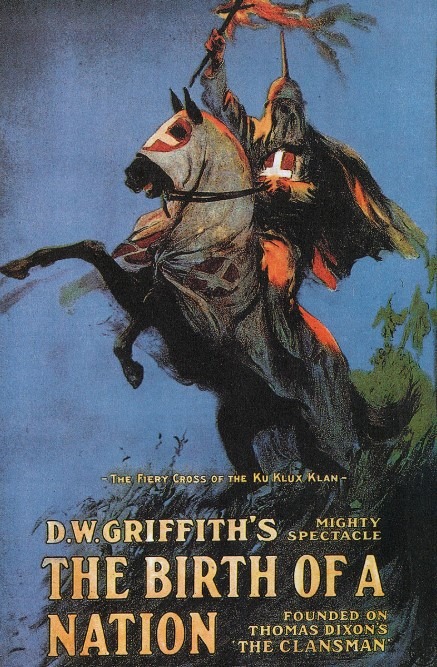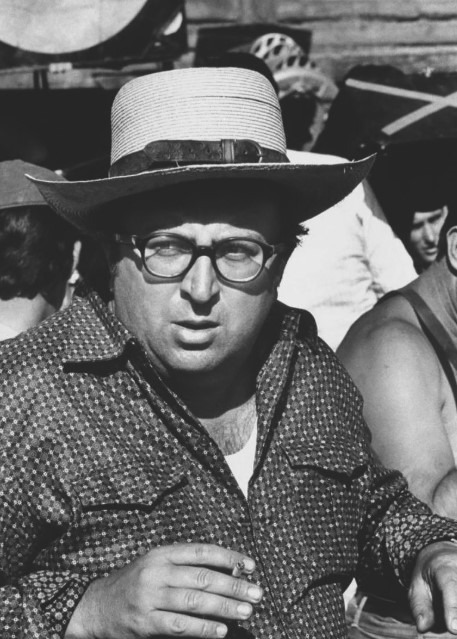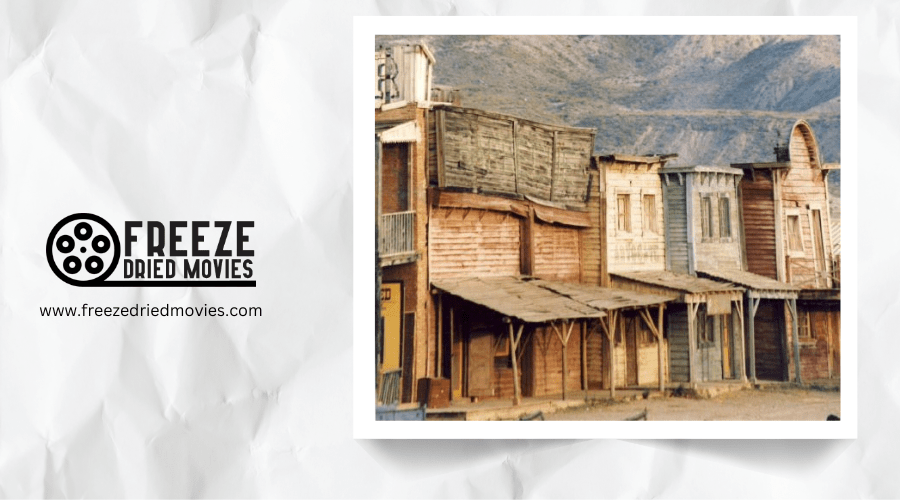Low-Budget, High Returns: The Economics of Spaghetti Westerns

You might think big budgets guarantee box office success, but the spaghetti western phenomenon proves otherwise. These Italian-made films of the 1960s and 70s turned modest investments of $100,000-$400,000 into multi-million dollar returns, with Sergio Leone's "A Fistful of Dollars" earning over $4.6 million in Italy alone. How did these dusty, violent European interpretations of the American West create such profitable magic with so little? The answer lies in a perfect storm of economic ingenuity and artistic vision.
The Economics of Spaghetti Westerns
How exactly did Italian filmmakers transform financial constraints into cinematic gold? They mastered the art of low-budget production while maximizing box office returns. Their model involved cutting costs on sets, using limited locations, and employing unknown actors—except for the occasional American star to boost international appeal.
These shrewd strategies allowed the Italian film industry to produce westerns for $100,000-$400,000 while generating millions in revenue. For example, "A Fistful of Dollars" cost relatively little to make but earned over $4.6 million in Italy alone.
This impressive benefit-cost ratio encouraged producers to take creative risks while maintaining financial security. By prioritizing efficiency over extravagance, filmmakers enjoyed greater artistic freedom—a luxury their higher-budget Hollywood counterparts often couldn't afford. Similar to Roger Corman's approach, these productions demonstrated that limited resources can be a filmmaker's greatest asset rather than a limitation.
The Birth of a Genre: Italy's Answer to Hollywood Westerns
The cinematic landscape of the early 1960s witnessed an unexpected revolution from an unlikely source: Italy. Capitalizing on American Westerns' popularity, Italian filmmakers created their own distinctive take on the genre - Spaghetti Westerns.
Sergio Leone's "A Fistful of Dollars" (1964) ignited this revolution, transforming the $100,000 investment into a $4.6 million blockbuster while launching Clint Eastwood into stardom. This financial triumph triggered an explosion of over 200 similar films within just two years, many borrowing the "Dollars" title format.
What set Spaghetti Westerns apart was their signature visual style featuring extreme close-ups, Ennio Morricone's iconic scores, and a grittier portrayal of the American West. The genre didn't just entertain - it economically revitalized Italy's film industry. Unlike "The Birth of a Nation," which is widely recognized as the first blockbuster in American cinema history with its groundbreaking technical innovations and controversial depictions.

Production on a Shoestring: How Spaghetti Westerns Cut Costs
While Hollywood productions of the era demanded millions to create, Spaghetti Westerns thrived on remarkably meager budgets—often less than $100,000 per film. You'll find Italian studios maximized profits through ingenious cost-cutting: reusing existing sets, limiting takes, and avoiding expensive special effects.
This economic approach allowed companies to produce multiple films annually, streamlining the time from concept to release. Sergio Leone and other directors embraced these limitations, transforming financial constraints into creative opportunities. They focused on style over spectacle, developing distinctive visual languages that didn't require lavish spending. Much like the film industry during the Great Depression era, these productions demonstrated how cinema could remain profitable despite economic constraints.

Sergio Leone's Blueprint: Turning $100,000 Into Millions
Few filmmakers have mastered financial alchemy quite like Sergio Leone, whose 1964 breakthrough "A Fistful of Dollars" transformed a modest $100,000 investment into a $4.6 million Italian box office phenomenon.
Leone's genius lay in his ability to maximize limited resources. You'll notice his signature tight framing, memorable scores, and gritty realism weren't just artistic choices—they were economically brilliant solutions.
By keeping budgets under $1 million, Leone created a sustainable model that revitalized Italy's film industry.
His reimagining of American western tropes through an Italian lens didn't just launch Clint Eastwood to stardom; it established a formula for turning minimal investments into massive returns. This blueprint proved spaghetti westerns weren't just artistically valid—they were financially viable, ushering in a golden age of low-budget filmmaking with global appeal.
From Almería to Cinecittà: Location Economics in European Westerns
Leone's financial wizardry wasn't limited to production techniques—it extended to his shrewd selection of filming locations. When you examine Sergio Leone's approach, you'll find he masterfully exploited the sun-baked landscapes of Almería, Spain, which perfectly mimicked the American West at a fraction of Hollywood's costs.
The economics were compelling: Spanish and Italian labor came cheap, while expansive Cinecittà studios in Rome provided affordable infrastructure for elaborate sets. Directors didn't need to build everything from scratch—they cleverly repurposed existing structures like haciendas and abandoned Italian villages for authentic western backdrops.
Production teams maximized efficiency by filming multiple westerns simultaneously and recycling sets and costumes between productions. This location-based economic model created a perfect storm of low investment and high potential returns that defined the genre's remarkable financial success.
The Star Factor: How Eastwood and Others Shaped the Market
The dusty trail to financial success in spaghetti westerns inevitably led through star power, with Clint Eastwood's squinting silhouette transforming the economics of the entire genre. His "Man with No Name" character became a pop culture phenomenon that producers could bank on, turning low-budget gambles into reliable investments.
The industry quickly developed a two-tier star system. Established American actors like Henry Fonda lent credibility and international marketability, while producers simultaneously took chances on unknowns like Franco Nero and Terence Hill, who developed their own bankable personas.
This dynamic created a sustainable economic model where star recognition drove ticket sales more effectively than plot or production value. The formula worked brilliantly—studios could minimize financial risk while maximizing audience appeal through recognizable faces and distinctive character types.

Ennio Morricone: Creating Iconic Soundtracks on Limited Budgets
While stars drew audiences to theaters, Ennio Morricone's revolutionary soundtracks kept their memories lingering long after the final credits rolled. The Italian maestro transformed financial constraints into creative opportunities, crafting unforgettable musical landscapes despite the spaghetti western's notoriously tight budgets.
Morricone's collaboration with directors like Sergio Leone demonstrated how powerful music could elevate low-budget filmmaking. Their synergistic partnership integrated visuals and score so seamlessly that it forever changed film composition, proving that artistic innovation, not lavish spending, creates truly iconic cinema.
You'll recognize Morricone's genius in his unconventional instrumentation—jew's harps and ocarinas replaced traditional orchestras, creating distinctive sonic signatures that became inseparable from the Western films themselves. His minimalist compositions weren't mere background music; they functioned as essential characters, establishing mood and emotional depth.
Global Distribution: How Spaghetti Westerns Conquered International Markets
Despite their humble Italian origins, spaghetti westerns exploded across global markets with unprecedented commercial success, transforming low-budget productions into international phenomena. Films like "A Fistful of Dollars" earned over $4.6 million in Italy alone, revitalizing the country's film industry while simultaneously capturing audiences worldwide.
The spaghetti western's economic model proved brilliantly effective—low production costs created higher profit margins, allowing producers to aggressively pursue global distribution across Europe, Asia, and the Americas. Stars like Clint Eastwood and Franco Nero became international icons, while Morricone's distinctive musical scores made these films instantly recognizable in any market.
With over 500 spaghetti westerns produced during the 1960s, the genre's influence stretched far beyond Italy's borders, demonstrating how distinctive artistic vision could overcome budget limitations to achieve remarkable commercial success.
The Imitation Game: Profit-Driven Spin-offs and Subgenres
Following Leone's groundbreaking commercial success, a gold rush mentality swept through Italian studios as producers rushed to capitalize on the spaghetti western's proven formula. You could witness over 500 low-budget imitations flooding theaters throughout the 1960s, each attempting to mimic Sergio Leone's distinctive style while spending less than $100,000 per production.
These "Eurocults" prioritized quick profits over artistic merit, creating an oversaturated market that ultimately undermined the genre's integrity. The "Django" films exemplified this trend, copying the dark, violent tone that initially distinguished spaghetti westerns but gradually diluting their impact through repetition.



